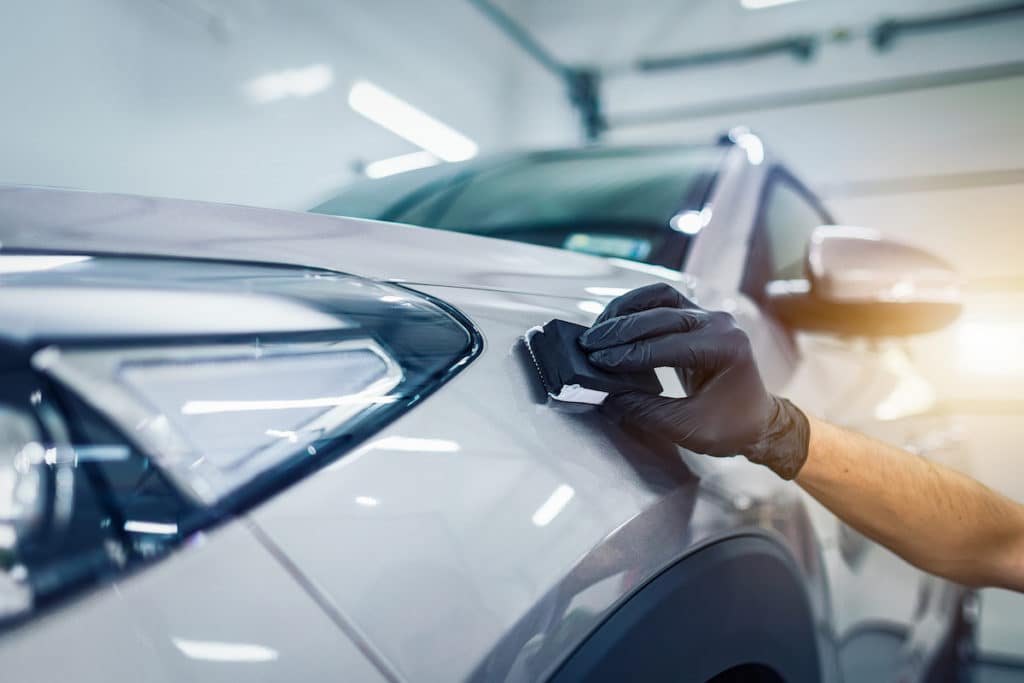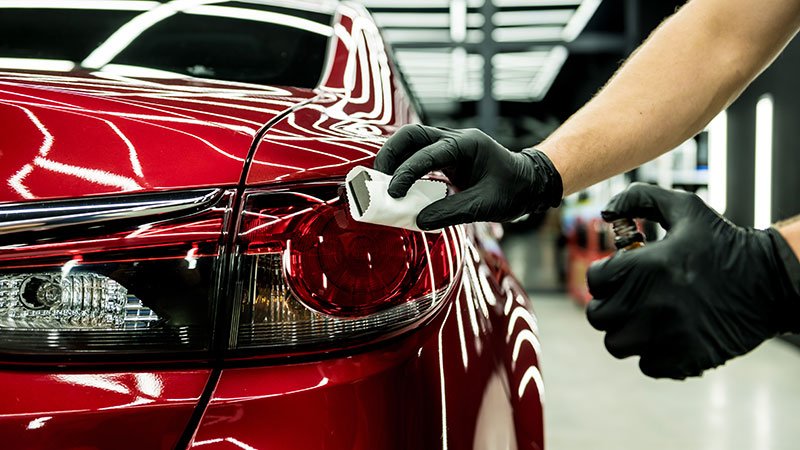Find top-quality paint protection film solutions for long-term car care.
Wiki Article
A Comprehensive Guide to the Sorts Of Ceramic Layer on the Market
Ceramic finishings have arised as a critical service across numerous markets due to their unique buildings and applications. As we explore the distinct features and applications of these coatings, the effects for efficiency and longevity come to be significantly evident, raising inquiries regarding which kind might ideal match your demands.Comprehending Ceramic Coatings
Ceramic coverings are sophisticated protective services that have actually gained popularity in numerous industries, specifically in automobile and aerospace applications. These coverings are composed of a fluid polymer that, when healed, creates a long lasting, hydrophobic layer externally of the substrate. This layer offers boosted resistance to ecological impurities, UV radiation, and chemical exposure, consequently expanding the life and visual allure of the underlying product.The fundamental component of ceramic coatings is silica, which adds to their firmness and sturdiness. The application process commonly entails surface preparation, application of the finishing, and curing, which can be accomplished with warmth or UV light. Once cured, ceramic finishings show outstanding bonding buildings, enabling them to adhere highly to a selection of surface areas, consisting of steels, plastics, and glass.
Along with their protective functions, ceramic finishings also supply ease of upkeep. Their hydrophobic nature reduces the adherence of dirt and grime, making cleansing simpler and less frequent. Generally, the adoption of ceramic coatings represents a considerable innovation in surface area protection innovation, offering both useful and aesthetic benefits across numerous markets.
Types of Ceramic Coatings
Numerous kinds of ceramic finishes are offered, each developed to meet specific efficiency needs and applications - Auto Detailing. The most usual kinds consist of:Silica-based Coatings: These coatings mostly include silicon dioxide and are known for their durability and chemical resistance. They are extensively made use of in automobile and industrial applications.
Titanium Dioxide Coatings: Prominent for their photocatalytic residential properties, titanium dioxide coatings are usually applied in atmospheres where self-cleaning and antifungal residential or commercial properties are preferable, such as in building materials and automobile surfaces.
Zirconia Coatings: Identified by their high-temperature security and thermal resistance, zirconia layers are utilized in applications such as turbine engines and high-performance automotive components.
Alumina Coatings: Exhibiting excellent solidity and thermal security, alumina coatings are regularly made use of in wear-resistant applications, consisting of reducing tools and commercial equipment. - Auto Detailing
Hybrid Coatings: Incorporating the homes of various products, hybrid finishes use enhanced performance attributes, making them suitable for unique and demanding applications.
Each sort of ceramic finish serves unique objectives, enabling customers to select one of the most ideal option based on specific environmental conditions and performance needs.
Advantages of Ceramic Coatings
Coatings play a crucial function in enhancing the efficiency and longevity of surfaces across different sectors. Ceramic coatings, particularly, deal countless benefits that make them progressively prominent among suppliers Your Domain Name and customers alike. Among the primary advantages is their phenomenal resilience. These finishings are resistant to scratches, chemicals, and UV rays, making certain that the underlying surface area stays safeguarded gradually.Along with resilience, ceramic finishings provide excellent hydrophobic residential properties, enabling very easy cleaning and upkeep. This water-repellent nature reduces the adherence of dust, gunk, and other contaminants, which can extend the aesthetic charm and capability of the surface area. Moreover, ceramic finishings can significantly improve thermal resistance, making them excellent for applications that sustain high temperatures.

Application Refine
When using ceramic finishings, a precise strategy is necessary to accomplish ideal results. A clean surface makes certain appropriate bond of the coating.When the surface area is prepped, the next step is to apply the ceramic coating. The covering must be used in thin layers, as thicker applications can lead to uneven coatings.
After application, the finishing needs a certain healing time, usually ranging from a few hours to a full day, depending on the item. Following these steps vigilantly will optimize click resources the effectiveness and long life of the ceramic finishing, providing a long lasting protective layer for the surface area.
Upkeep and Long Life
To make sure the long life and effectiveness of a ceramic finishing, normal maintenance is essential. Ceramic coatings, recognized for their longevity and safety top qualities, need specific care routines to optimize their life-span and performance.In enhancement to normal cleaning, regular examinations are essential. Look for signs of wear or damage, such as hydrophobic buildings diminishing or surface imperfections. If essential, a light gloss may be applied to invigorate the layer without removing it away.
Furthermore, the application of a booster spray can enhance the layer's hydrophobic effects and restore its gloss. This is particularly valuable for finishings that have remained in usage for an extensive period. Eventually, by sticking to these maintenance methods, one can substantially expand the life of a ceramic finishing, making sure that it proceeds to provide optimum defense versus environmental elements and preserve More Bonuses the visual allure of the lorry.
Final thought

Report this wiki page